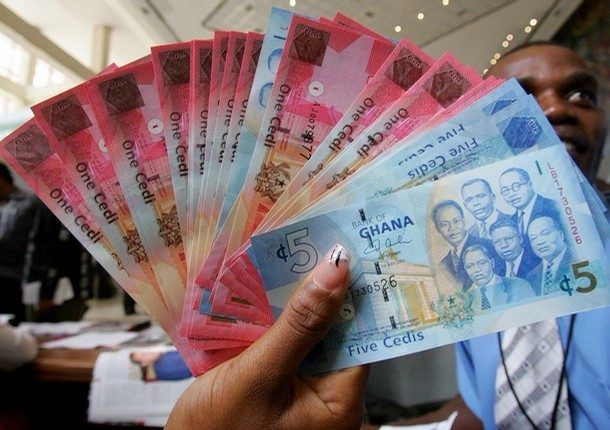The Ghanaian Cedi’s Performance Against Major Currencies: A Detailed Analysis
The Ghanaian cedi has recently exhibited a strengthening trend against the United States dollar, a positive development for the Ghanaian economy. As of Friday, February 21, 2025, the cedi’s buying rate against the dollar stood at GHS15.35, while the selling rate was GHS15.86. This represents a 7-pesewa decrease in the selling rate compared to the previous day’s average, while the buying rate remained stable. This strengthening suggests increased confidence in the cedi and potentially reflects positive economic indicators or policy adjustments.
The performance of the cedi against the dollar varies slightly across different exchange platforms. At forex bureaus, individuals exchanging dollars for cedis can obtain a rate of GHS15.50, while those converting cedis to dollars will receive a rate of GHS15.90. This slight difference reflects the spread maintained by forex bureaus to cover their operational costs and generate profit. On the interbank market, where financial institutions trade currencies, the buying rate for the dollar is GHS15.54, and the selling rate is GHS15.56. The narrower spread on the interbank market is typical due to the larger volumes of transactions and lower operational costs.
Beyond the US dollar, the cedi’s performance against other major currencies provides a more comprehensive picture of its overall strength. Against the British pound, the average exchange rate for converting pounds to cedis is GHS19.35, while the rate for converting cedis to pounds is GHS20.11. Similarly, the euro trades at an average rate of GHS16.00 for those exchanging euros for cedis and GHS16.71 for those converting cedis to euros. These rates, observed across various exchange platforms, provide a benchmark for individuals and businesses engaging in international transactions.
The interbank market, representing transactions between financial institutions, offers slightly different rates for the pound and the euro. On the Bank of Ghana interbank market, the pound sells for GHS19.67, while the euro trades at GHS16.29. These rates, typically more favorable than those offered at forex bureaus or other exchange platforms, reflect the wholesale nature of interbank transactions and the lower associated costs.
Money transfer services, increasingly popular for remittances and international payments, offer competitive exchange rates for various currencies. LemFi and Afriex, two prominent money transfer operators, provide different rates for dollar, pound, and euro transfers to Ghana. For dollar transfers from the US or the UK, LemFi offers a rate of GHS15.39 per dollar, while Afriex provides a rate of GHS15.47. For British pound transfers, LemFi’s rate is GHS19.39, and Afriex offers GHS19.92. Lastly, for euro transfers, Afriex provides a rate of GHS16.12, while LemFi’s rate stands at GHS16.08 per euro. These varying rates reflect the different operational models and cost structures of each money transfer service.
Digital subscription services, such as Netflix, Spotify, and Apple Music, often utilize specific exchange rates for payments made via international credit cards. For payments using Visa and Mastercard, the exchange rate applied to these digital subscriptions is GHS16.67 per dollar. This standardized rate simplifies payment processing for these services while providing a consistent exchange rate for subscribers.
In summary, the Ghanaian cedi has shown recent strength against the US dollar, with variations in exchange rates observed across different platforms and for different currencies. Understanding these variations is crucial for individuals and businesses engaged in international transactions, allowing them to optimize their exchange strategies and minimize costs. The provided data, sourced from reputable platforms like Cedirates.com, offers valuable insights into the current state of the Ghanaian foreign exchange market and can inform decision-making related to currency exchange and international payments. Monitoring these rates and understanding the factors influencing them is essential for navigating the complexities of the global financial landscape.


